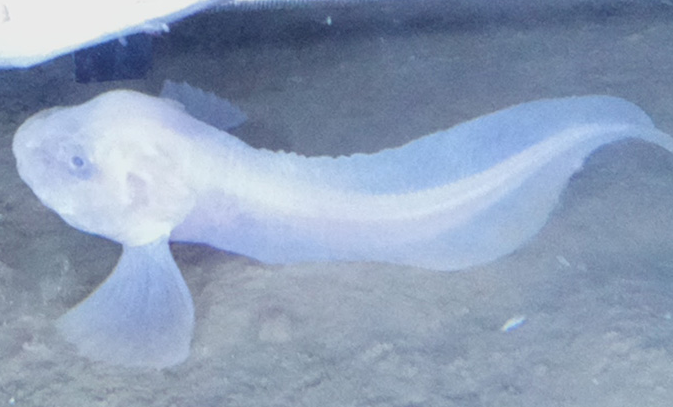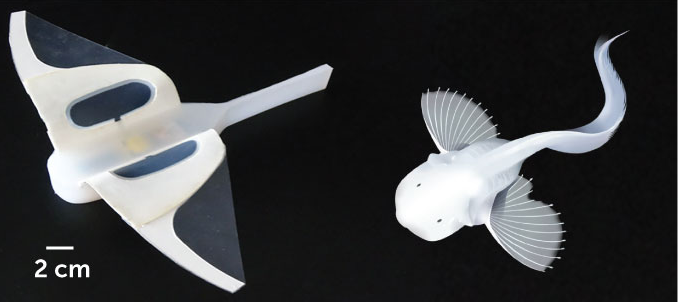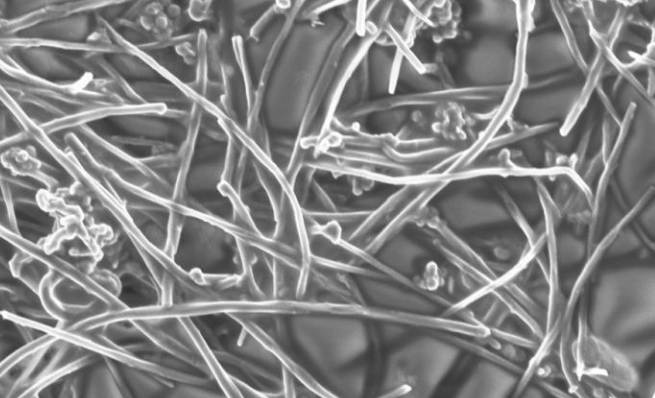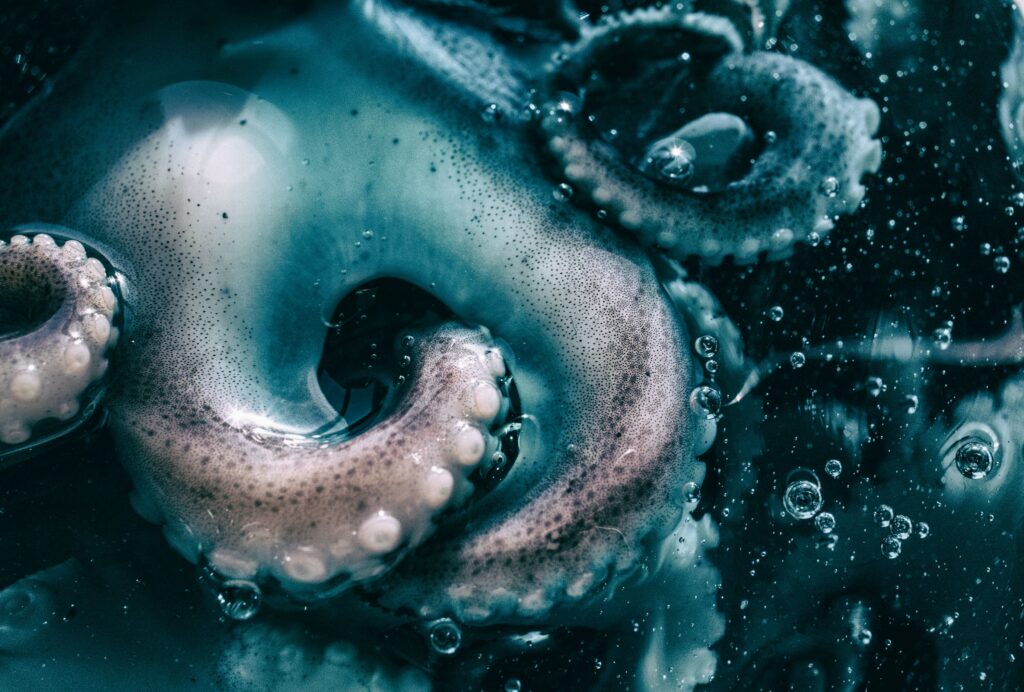This soft robot withstands crushing pressures in the deepest depths of the ocean.

The tremendous pressures at these abysmal depths, the deepest oceanic zone between 6,000 and 11,000 meters, present a tough engineering challenge, traditional deepwater robotic or manned submersibles are heavily reinforced with rigid metal frames to keep them from crumpling, but these vessels are bulky and heavy, the risk of structural failure remains high.
To design robots that can gracefully maneuver through shallower waters, scientists have looked to soft-bodied ocean creatures such as the octopus for inspiration, coincidentally there is also a deep-sea muse, the snailfish Mariana hadal, a translucent fish in its mostly soft that lives up to 8,000 meters deep in the Mariana Trench. These fish are well-adapted for living in high-pressure, deep-water environments, with only partially hardened skulls and smooth, streamlined, energy-efficient bodies.

Autonomous exploration robots require electronics not only to power their movement, but also to perform various tasks, whether it’s testing the chemistry of water, lighting and filming the inhabitants of deep ocean trenches, or collecting samples to bring back to Earth. surface. Under the pressure of water, these electronic components can collide with each other.
The design of the new soft robot was inspired by the deep-sea snailfish, which is adapted to live in the very high-pressure environments of the deepest parts of the ocean. The snailfish skull is not fully ossified or hardened, allowing external and internal pressures to equalize. Separating the robot’s sensitive electronic components and wrapping them in silicone prevents the parts from squeezing together. The fin-flapping robots are inspired by the thin pectoral fins of fish (although real fish don’t use their fins to swim). The team also designed a soft body that slightly resembles a snailfish, with two fins that the robot can use to propel itself through the water. To flap the fins, the robot is equipped with batteries that power the artificial muscles: electrodes sandwiched between two membranes that deform in response to electrical charge.

Deep-sea trenches are known to teem with microbial life, happily feeding on the bonanza of organic material, from algae to animal carcasses, that washes up on the sea floor. That microbial activity hints that trenches may play an important role in Earth’s carbon cycle, which in turn is linked to regulating the planet’s climate.
Unbelievable! ¿No?





Responses